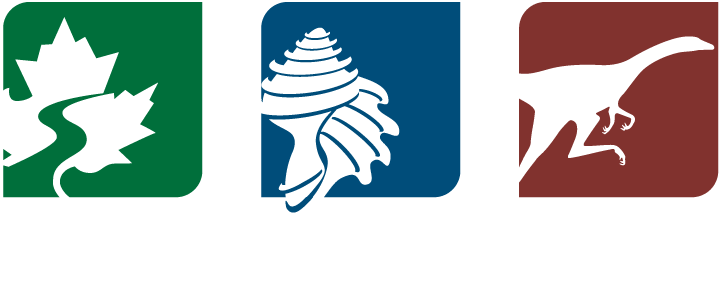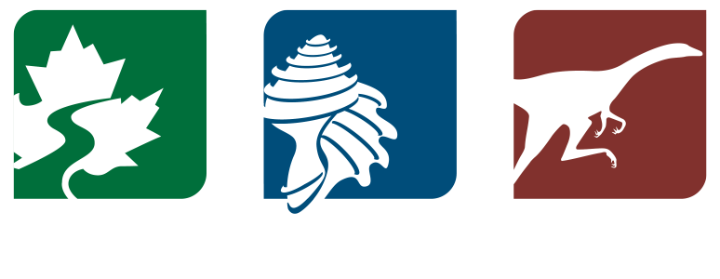Rowan Lockwood
Rowan Lockwood
Rowan Lockwood
Paleobiologist
Rowan is a paleobiologist. She studies the impact of extinction and environmental change on fossil mollusks. She also examines the effects of ancient climate change and works to conserve oysters in today’s Chesapeake Bay.
Rowan was born in Toronto, Canada, and grew up in Illinois. She received her bachelor’s degree from Yale University. She earned her master’s degree from the University of Bristol, United Kingdom, and her Ph.D. from the University of Chicago.
In 2001, Rowan was hired as a professor at William & Mary in Virginia. She has taught more than 3,700 undergraduates and currently chairs the Department of Geology. In 2013, Princeton Review named Rowan one of the top 300 professors in the United States. Rowan’s research has taken her around the globe, excavating everything from dinosaurs to ancient humans.
How have historic women impacted your work in the field of paleontology?
“As a paleontologist who works on fossil mollusks from the U.S. Atlantic and Gulf Coasts, much of my research builds on the phenomenal work of Julia Gardner, Katherine Palmer, and Emily Vokes. These women, who were collecting fossils up to 100 years ago from the same sites I’ve visited, paved the way for a huge wave of women entering paleontology in the late 20th century. To this day, I still rely on the taxonomic descriptions, writings, and hand-drawn figures of these women for my current research. I’m thrilled that the data they collected lives on in database projects like the Paleobiology Database.”
Selected works by Rowan Lockwood
Beane, R.J., E.M.D. Baer, R. Lockwood, R.H. Macdonald, J.R. McDaris, V.R. Morris, I.J. Villalobos, and L.D. White. 2021. Uneven increases in racial diversity of US geoscience undergraduates. Communications Earth & Environment 2: 126. Link
Lockwood, R. 2003. Abundance not linked to survival across the end-Cretaceous mass extinction: Patterns in North American bivalves. Proceedings of the National Academy of Sciences United States of America 100: 2478 – 2482. Link
Lockwood, R. 2005. Body size, extinction events, and the early Cenozoic record of veneroid bivalves: a new role for recoveries? Paleobiology 31: 578–590. Link
Lockwood, R., and L.R. Chastant. 2006. Quantifying taphonomic bias of compositional fidelity, species richness, and rank abundance in molluscan death assemblages from the upper Chesapeake Bay. PALAIOS 21: 376–383. Link
Lockwood, R., and R. Mann. 2019. A conservation palaeobiological perspective on Chesapeake Bay oysters. Philosophical Transactions of the Royal Society B, Biological Sciences 374: 20190209. Link
Lockwood, R., P. Cohen, M. Uhen, and K. Ryker. 2018. Utilizing the Paleobiology Database to provide educational opportunities for undergraduates. Cambridge Elements: Elements of Paleontology. Cambridge University Press, Cambridge. Link
Further reading
PaleoPeople: Rowan Lockwood. Interview. The Paleontology Portal. Link
McClain, J. 2018. What can fossil shellfish tell us about our environmental future? Plenty. College of William & Mary, News & Media, 24 September 2018. Link
McClain, J. 2019. For Chesapeake oysters, the way forward leads back . . . back through the fossil record. College of William & Mary, News & Media, 20 November 2019. Link
Takemura, A.F. 2018. Down to earth with: Paleobiologist Rowan Lockwood. Earth: The science behind the headlines. Link
Video & audio content
Big Picture Science – Shell on Earth: Rowan Lockwood/Oyster Paleobiology. Audio, March 2017, rebroadcast 9 December 2019.




